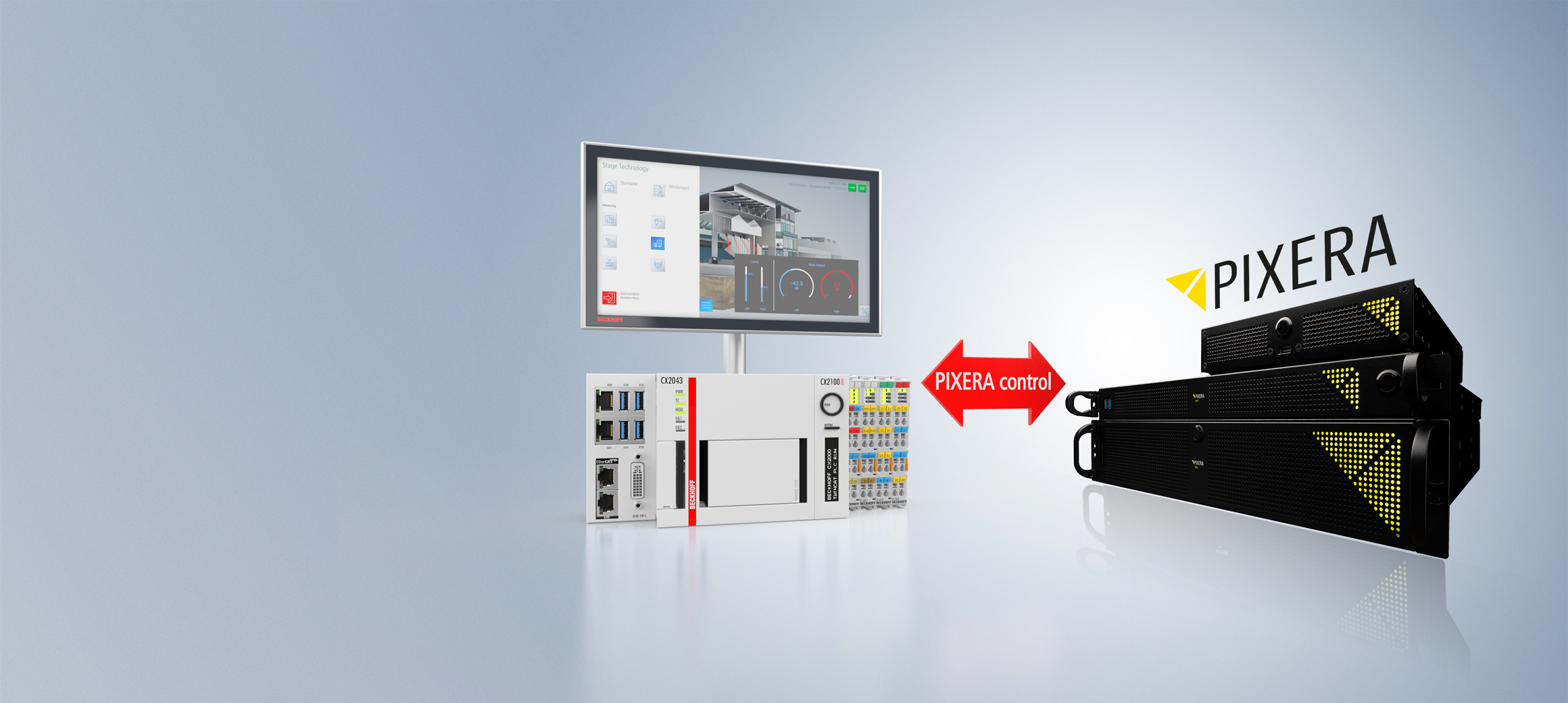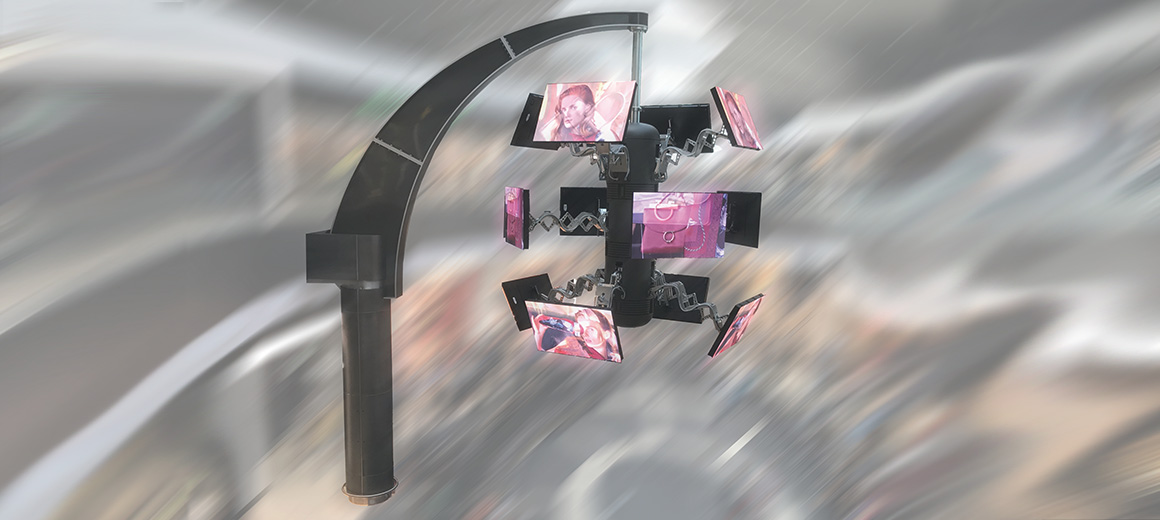
Beckhoff and
PIXERA: control
and projection in
perfect harmony


Sede centrale Italia
Beckhoff Automation S.r.l.



In addition to Ethernet TCP/IP, serial protocols and OPC UA, the Beckhoff control platform supports all protocols relevant to media technology such as Open Control Architecture (AES 70 Standard), PJLink, SMPTE-Timecode, Crestron, Bang & Olufsen, Art-Net™ and Streaming ACN (sACN). This allows the most diverse media devices to be controlled independently of the manufacturer: audio and video systems, screens, multimedia servers and streaming services are easily operated on one network and on the same platform. The advantage is free selection of media devices and components and not having to take into account vendor-specific protocols. Here, the Beckhoff platform virtually functions as a multi-gateway of language diversity and ensures smooth communication between the devices as well as optimal usability.
The scalability and modularity of the Beckhoff software and hardware components allow the user to adjust the controller exactly to the scope of the control task in terms of performance and cost, but also with regard to the available mounting space. In the CX2000 Embedded PC, for example, an extremely powerful and modular controller based on Intel® multi-core processors is available that offers the possibility to combine audio, PoE, DisplayPort and DVI on one platform.

PC-based control offers automation solutions for all stationary performances.

PC-based control automates unique installations involving light, water and kinetics.

PC-based control supports entertainment technology – from amusement parks to TV studios.